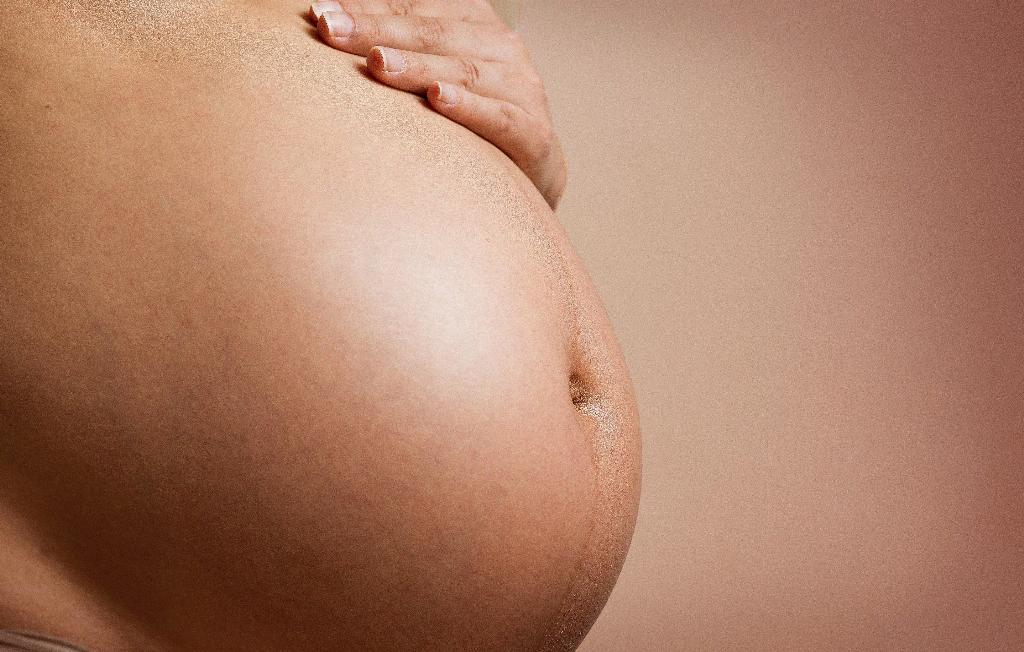When it comes to early pregnancy, many women are curious about changes in their body, including the color of their urine. It is quite common for urine color to vary during pregnancy, and understanding why these changes occur can provide valuable insights into your health.
Yellow to Dark Yellow: A Common Shift
One of the most noticeable changes in urine color during early pregnancy is a shift from a usual yellow hue to a darker shade of yellow. This alteration is often linked to the increased workload on your kidneys as they filter a larger volume of blood carrying essential nutrients for the developing fetus.
Dehydration and Urine Concentration
Dehydration can also influence the color of your urine during pregnancy. When you are not consuming enough fluids, your urine becomes more concentrated, resulting in a darker, more yellowish appearance. It is crucial to stay well-hydrated throughout your pregnancy to avoid excessive urine concentration.
Dietary Factors and Urine Color
What you eat can impact the color of your urine as well. Certain foods, beverages, and vitamin supplements can cause your urine to take on a variety of hues, from bright yellow to even greenish tones. Keeping track of your diet can help you understand any unusual changes in urine color.
Presence of Blood in Urine
In some cases, the presence of blood in the urine, known as hematuria, can lead to a pink or reddish tint. While this occurrence is relatively rare in early pregnancy, it is essential to consult with your healthcare provider if you notice any abnormal colors in your urine to rule out any potential complications.
Medications and Supplements
If you are taking any medications or supplements during pregnancy, they can also influence the color of your urine. Certain medications may cause discoloration, ranging from orange to blue hues. Be sure to inform your healthcare provider about any medications you are using to understand their potential effects on urine color.
Urinary Tract Infections (UTIs)
Urinary tract infections are relatively common during pregnancy and can lead to changes in urine color, along with other symptoms such as pain or burning sensation during urination. If you suspect a UTI, seek prompt medical attention to prevent any further complications.
Consult Your Healthcare Provider
If you have concerns about the color of your urine during early pregnancy, do not hesitate to reach out to your healthcare provider. They can offer personalized advice, perform necessary tests, and address any underlying issues that may be contributing to the changes in urine color.
Monitoring Your Health
Keeping track of changes in urine color is part of monitoring your overall health during pregnancy. While variations in urine color are typically benign, it is essential to stay vigilant and address any concerns promptly to ensure a healthy pregnancy for both you and your baby.
Self-Care Practices
In addition to consulting your healthcare provider, practicing self-care can help maintain optimal urinary health during pregnancy. This includes staying hydrated, eating a balanced diet, practicing good hygiene, and avoiding prolonged periods of holding your urine.
Conclusion
Overall, changes in urine color during early pregnancy are often a normal part of the physiological adjustments your body undergoes to support the developing fetus. By understanding the factors that can influence urine color, you can navigate your pregnancy journey with greater awareness and peace of mind.

